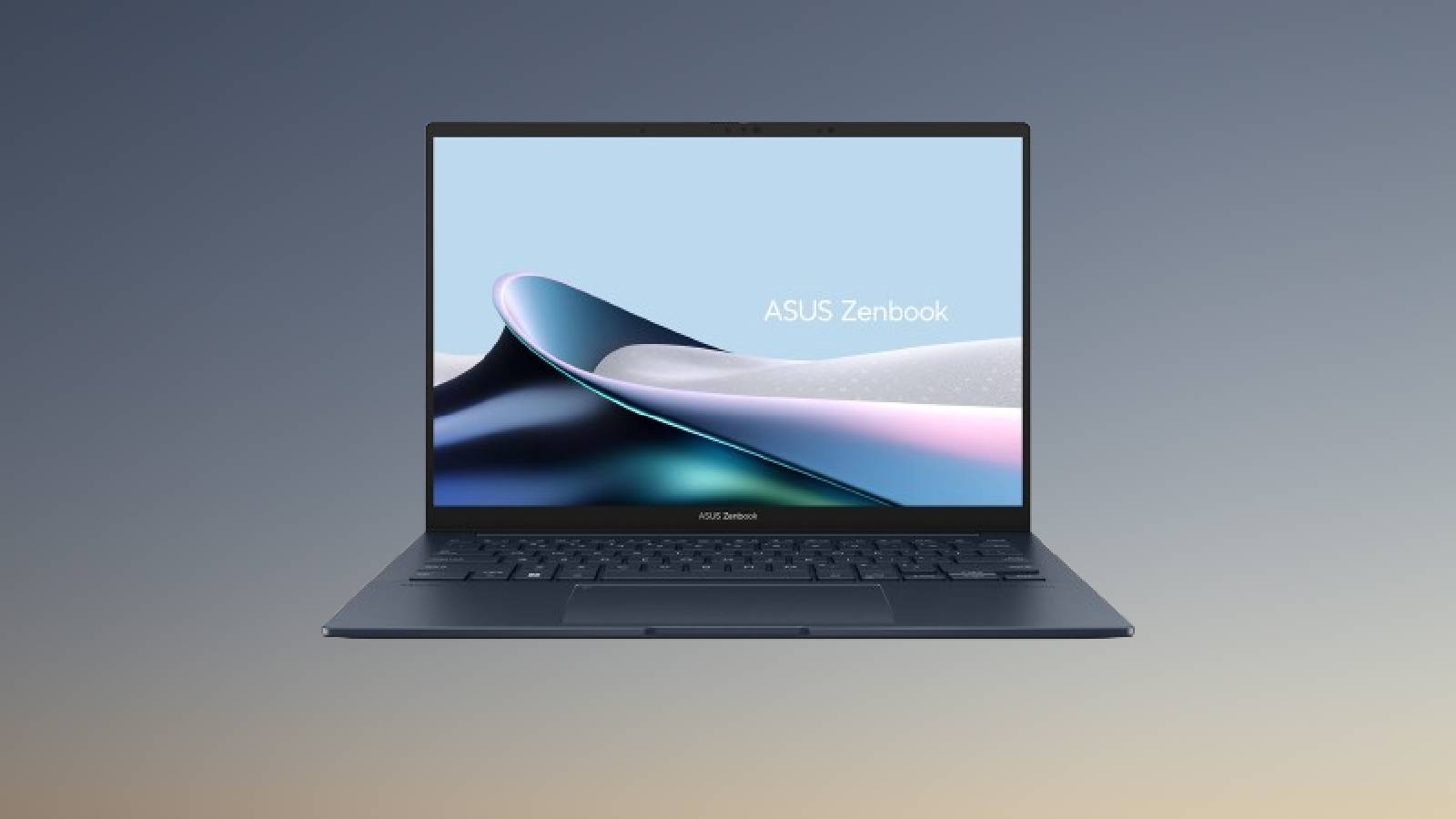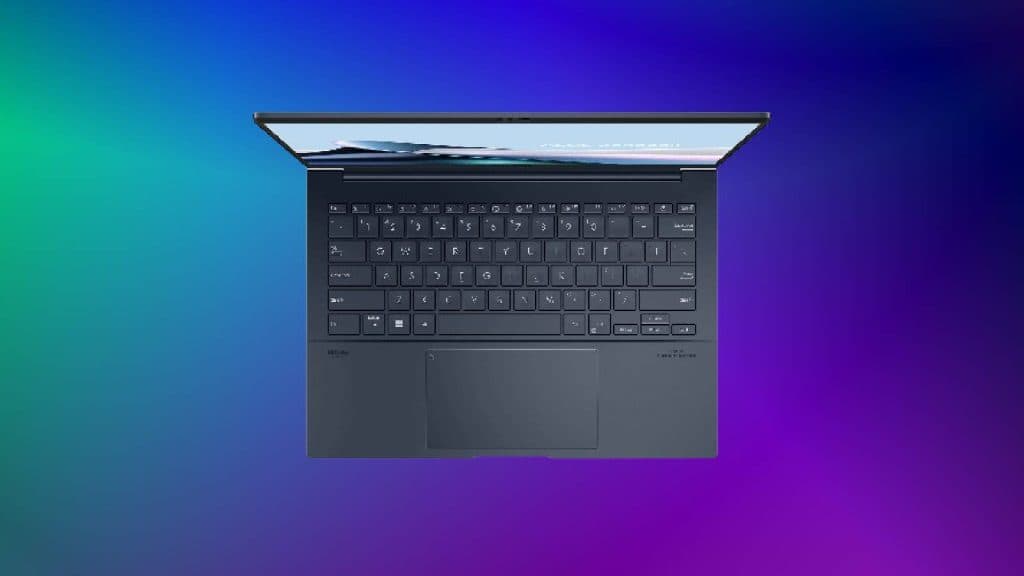We tried Asus’ Zenbook 14 & it’s a lightweight powerhouse
 Asus, Pexels
Asus, PexelsAsus has announced its first laptop powered by the Intel Core series Named the Zenbook 14 OLED, it houses the powerful Core Ultra 9, and we’ve already had our hands on one.
During its CES preview event, Asus said that the theme for its lineup of products for 2024 was ‘In Search of Transcendence’ and the company seems to be hoping to reach that goal with the release of the Zenbook 14 OLED, the first of its products to be equipped with new Meteor Lake processors.
The screen is a 14-inch 3K Asus Lumina OLED touch display. Asus indicated that it intends to keep pushing its OLED technology in its new line of laptops, letting users take advantage of the 120Hz refresh rate and fast response time of the touch screens.
In terms of input devices, the keyboard has seen some minor improvements, with a touchpad that has a number of gesture-activated features such as the option to turn it into a number pad – a useful feature for those who want a balance between the portability of the smaller keyboard without a number pad, but who might occasionally need to use its functions. But, its overall design is gorgeous.
Asus Zenbook 14 – small but mighty
The laptop itself is remarkably light. Despite its full-metal chassis, it weighs in at only 1.2Kg, which is lighter than many comparable laptops. The lack of weight is deceptive, though, as the use of the flagship Intel Core Ultra 9 CPU gives it plenty of power for many applications.
Though the Zenbook 14 OLED is marketed more as a productivity device, it is still capable of supporting a lot of modern gaming applications, thanks to the inclusion of an Intel Arc GPU. Intel Arc might be a relative newcomer to the gaming space, and not as recognized and trusted as names like Nvidia GeForce and AMD Radeon, but it can still offer good performance for many games.
 Asus, Pexels
Asus, PexelsWe went hands-on with one of these devices for a brief period, and can report that it had excellent build quality. Often, very lightweight laptops can feel flimsy, but this one felt very solid. The keyboard also felt great to use, with a nice smooth action and a travel distance that felt just right to get the proper tactile feedback. The screen is also high quality, showing vivid colors, but a minimal glare. The only slight problem was that in bright light the screen did tend to become washed out. The gesture commands for the touchpad were also ingenious, but it seems that the firmware needs some tweaks before it becomes as reliable as just using mouse or keyboard shortcuts.
In terms of performance, I did not get much opportunity to play games on it, but while it performed well, it was hard to see the benefits of the new CPU, though it needs a bigger challenge than simple productivity apps to unleash its true potential.
The Core Ultra lineup heralds a wealth of new features, but to get into the weeds with seeing how well the efficiency improvements translate to real life, I’ll just have to review one for myself.



